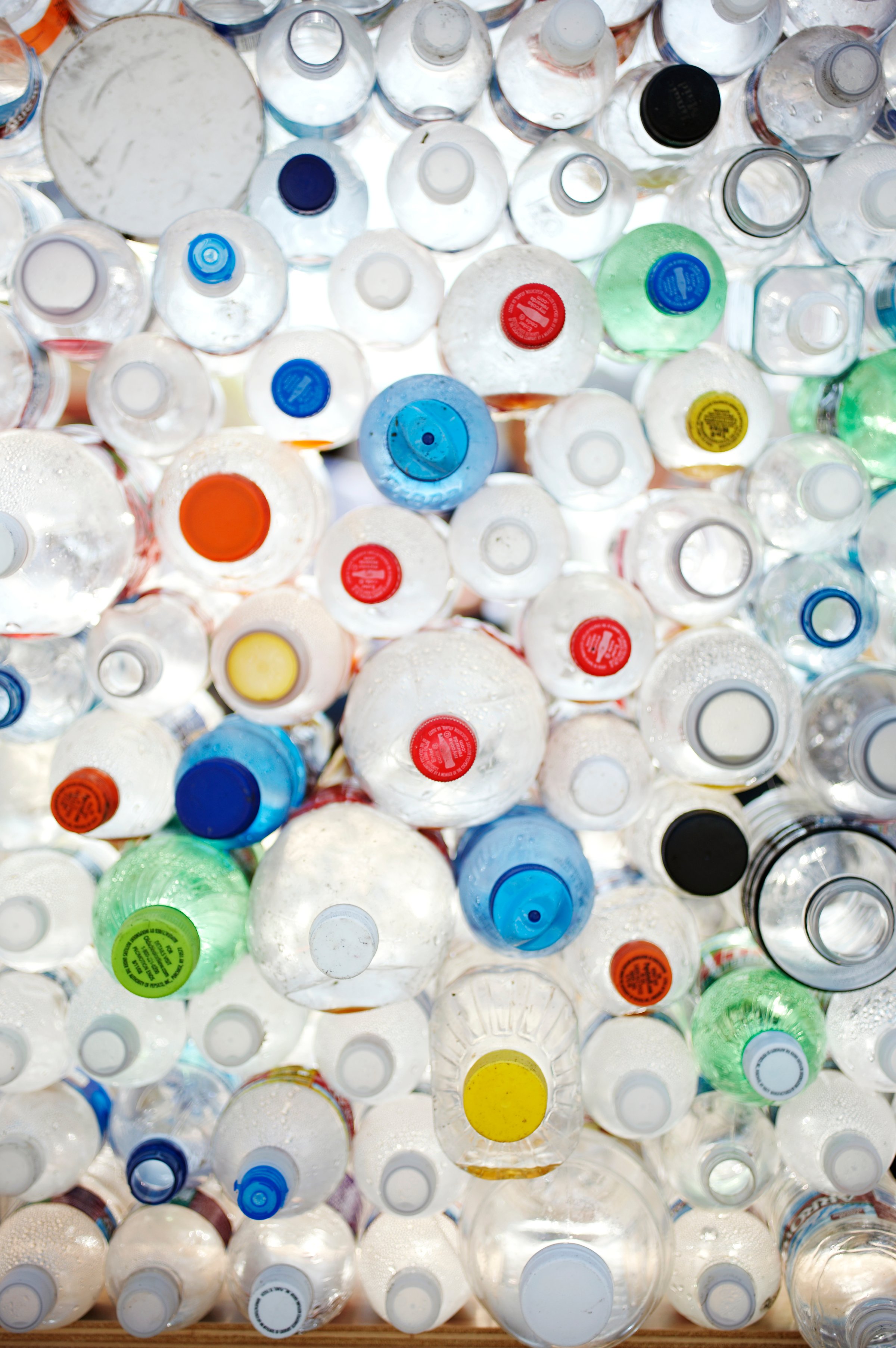
When kids learn how far they’d have to walk to burn off the calories in a soda, they tend to buy smaller sizes or stop buying it altogether, suggests a new study published in the American Journal of Public Health.
Researchers analyzed more than 3,000 drink purchases by children ages 7 to 18 at stores in low-income Baltimore neighborhoods and found that sugary drinks accounted for 98% of the beverages kids bought. But when researchers put up colorful signs with calorie information, that figure dropped to 89%. The most effective sign was the one that said it would take a five-mile walk to burn off the calories in the drink. Researchers argue that while laws already require beverage manufacturers to post caloric information, calorie numbers may not mean all that much to many consumers. More practical information, including statistics about how long it will take to burn calories, is easier to grasp.
“This is a very low-cost way to get children old enough to make their own purchases to drink fewer sugar-sweetened beverages, and they appear to be effective even after they are removed,” says study author Sara N. Bleich, an associate professor at Johns Hopkins University.
MORE: The Soda Industry’s Promises Mean Nothing
Sugar-sweetened beverages like sodas and energy drinks contribute significantly to a number of public health ailments that harm children, including obesity. In low-income communities the problem is especially rampant: Sugary drink consumption accounts for about 15% of a minority adolescent’s caloric intake, more than twice the recommended quantity. Interventions like this might help decrease that disparity.
“People don’t really understand what it means to say a typical soda has 250 calories,” says Bleich. “If you’re going to give people calorie information, there’s probably a better way to do it.”
Read next: The Soda Industry’s Promises Mean Nothing
More Must-Reads from TIME
- Cybersecurity Experts Are Sounding the Alarm on DOGE
- Meet the 2025 Women of the Year
- The Harsh Truth About Disability Inclusion
- Why Do More Young Adults Have Cancer?
- Colman Domingo Leads With Radical Love
- How to Get Better at Doing Things Alone
- Michelle Zauner Stares Down the Darkness
Write to Justin Worland at justin.worland@time.com